In 1905 Harry Stutz embarked upon a new venture to build an automobile of his own design. The automobile that would bear his name – and along the way make it immortal – was still in the future but Harry had lofty ambitions even in 1905, showing them by naming the automobile he designed, and the company that would build it, “American”. It was one of many automobile and related companies bearing the American name, but Harry Stutz’s American Motor Car Company of Indianapolis was one of the few that actually built an automobile. In fact, some 45,000 were turned out from 1906 through 1914. Dave Emanuel’s 1983 history of American in Automobile Quarterly observes that it has never been clear whether Stutz was looking for backers for his car company and found V.A. Longaker and D.S. Menasco or whether Longaker and Menasco decided to get into the new automobile business and found Stutz. In any event they found each other, Longaker and Menasco bringing money from their success in the timber business (a field that funded a number of automotive ventures) and Stutz contributing experience. Remarkably for the time that experience stretched back to 1898 when the young Harry, only 22 years old, built his first internal combustion engine powered vehicle, a belt-drive buggy powered by a 2 horsepower single cylinder engine of his own design and manufacture. In 1902 he had sold his Dayton engine manufacturing company to Lindsay Automobile Parts in Indianapolis and moved there to oversee Lindsay’s manufacture of the Stutz-designed engines. A year later he went to work for G&J Tire Company and in 1904 introduced F.H. Wheeler (the money) to George Schebler (the design) to form the Schebler Carburetor Company. Harry Stutz managed sales of the Schebler-designed carburetors. He was still under thirty when the American Motor Car Company was formed but Stutz had as much experience in automobile design and engine manufacturing as anyone in America at the time. His combination of mechanical design savvy, production manufacturing background and sales experience was probably unmatched by anyone in the American automobile industry. American’s intention to build automobiles was announced in September 1905 and just a few months later, in January 1906, the first examples were offered for sale. The ambitious and peripatetic Stutz spent only a few more months at American before moving to the Marion Motor Car Company as chief engineer, effectively swapping employers with Fred Tone who concurrently left Marion to join American. A few years later, still backed by investors from Marion who by then were also in control of American, Stutz started his eponymous company after “The car that made good in a day” finished the 1911 Indianapolis 500 Mile Race. Back at the American Motor Car Company Fred Tone created the underslung chassis design which has become synonymous with the company and was eventually adopted as an integral part of American’s name. But while the American Underslung is widely known, Harry Stutz’s original conventional chassis layout American is largely overlooked, a serious oversight in light of the model’s continuation in production until 1913 – only a year before American ceased production – as an essential contributor to the American Motor Car Company’s production, marketing and cash flow. The history of the American four cylinder engine is a telling commentary on Harry Stutz’s imagination, adaptability, stature and persuasiveness. The American was originally intended to be powered by a Continental four-cylinder engine. Continental soon informed American that it could not meet its production commitments but rather than risk offending an influential client it offered to give American access to Continental’s vendor base to built engine parts to Stutz’s design that would be assembled by American, essentially putting a competitor in business. Harry Stutz’s original American engine – with variations in bore and stroke – powered both the American Tourist chas
In 1905 Harry Stutz embarked upon a new venture to build an automobile of his own design. The automobile that would bear his name – and along the way make it immortal – was still in the future but Harry had lofty ambitions even in 1905, showing them by naming the automobile he designed, and the company that would build it, “American”. It was one of many automobile and related companies bearing the American name, but Harry Stutz’s American Motor Car Company of Indianapolis was one of the few that actually built an automobile. In fact, some 45,000 were turned out from 1906 through 1914. Dave Emanuel’s 1983 history of American in Automobile Quarterly observes that it has never been clear whether Stutz was looking for backers for his car company and found V.A. Longaker and D.S. Menasco or whether Longaker and Menasco decided to get into the new automobile business and found Stutz. In any event they found each other, Longaker and Menasco bringing money from their success in the timber business (a field that funded a number of automotive ventures) and Stutz contributing experience. Remarkably for the time that experience stretched back to 1898 when the young Harry, only 22 years old, built his first internal combustion engine powered vehicle, a belt-drive buggy powered by a 2 horsepower single cylinder engine of his own design and manufacture. In 1902 he had sold his Dayton engine manufacturing company to Lindsay Automobile Parts in Indianapolis and moved there to oversee Lindsay’s manufacture of the Stutz-designed engines. A year later he went to work for G&J Tire Company and in 1904 introduced F.H. Wheeler (the money) to George Schebler (the design) to form the Schebler Carburetor Company. Harry Stutz managed sales of the Schebler-designed carburetors. He was still under thirty when the American Motor Car Company was formed but Stutz had as much experience in automobile design and engine manufacturing as anyone in America at the time. His combination of mechanical design savvy, production manufacturing background and sales experience was probably unmatched by anyone in the American automobile industry. American’s intention to build automobiles was announced in September 1905 and just a few months later, in January 1906, the first examples were offered for sale. The ambitious and peripatetic Stutz spent only a few more months at American before moving to the Marion Motor Car Company as chief engineer, effectively swapping employers with Fred Tone who concurrently left Marion to join American. A few years later, still backed by investors from Marion who by then were also in control of American, Stutz started his eponymous company after “The car that made good in a day” finished the 1911 Indianapolis 500 Mile Race. Back at the American Motor Car Company Fred Tone created the underslung chassis design which has become synonymous with the company and was eventually adopted as an integral part of American’s name. But while the American Underslung is widely known, Harry Stutz’s original conventional chassis layout American is largely overlooked, a serious oversight in light of the model’s continuation in production until 1913 – only a year before American ceased production – as an essential contributor to the American Motor Car Company’s production, marketing and cash flow. The history of the American four cylinder engine is a telling commentary on Harry Stutz’s imagination, adaptability, stature and persuasiveness. The American was originally intended to be powered by a Continental four-cylinder engine. Continental soon informed American that it could not meet its production commitments but rather than risk offending an influential client it offered to give American access to Continental’s vendor base to built engine parts to Stutz’s design that would be assembled by American, essentially putting a competitor in business. Harry Stutz’s original American engine – with variations in bore and stroke – powered both the American Tourist chas
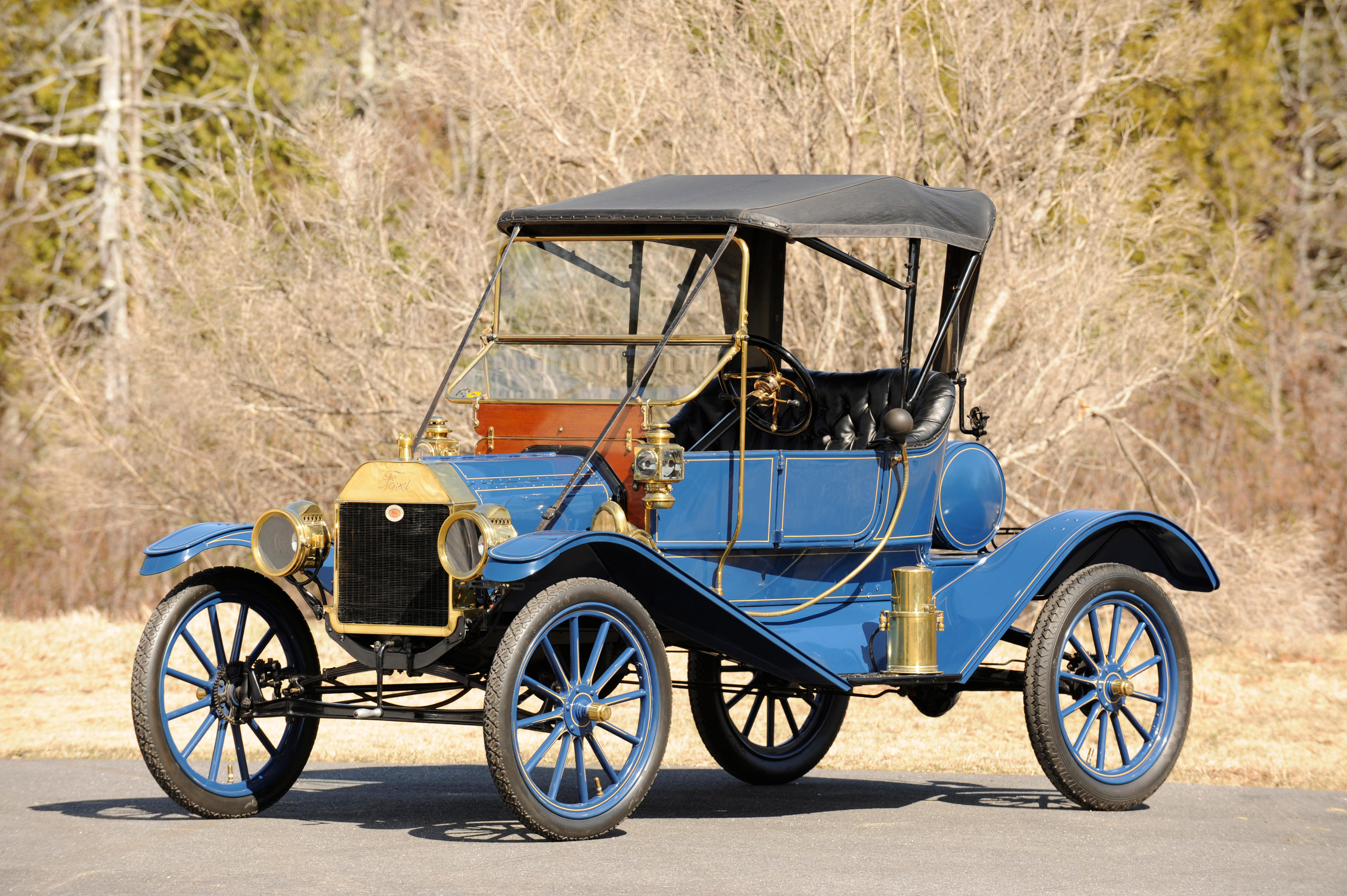

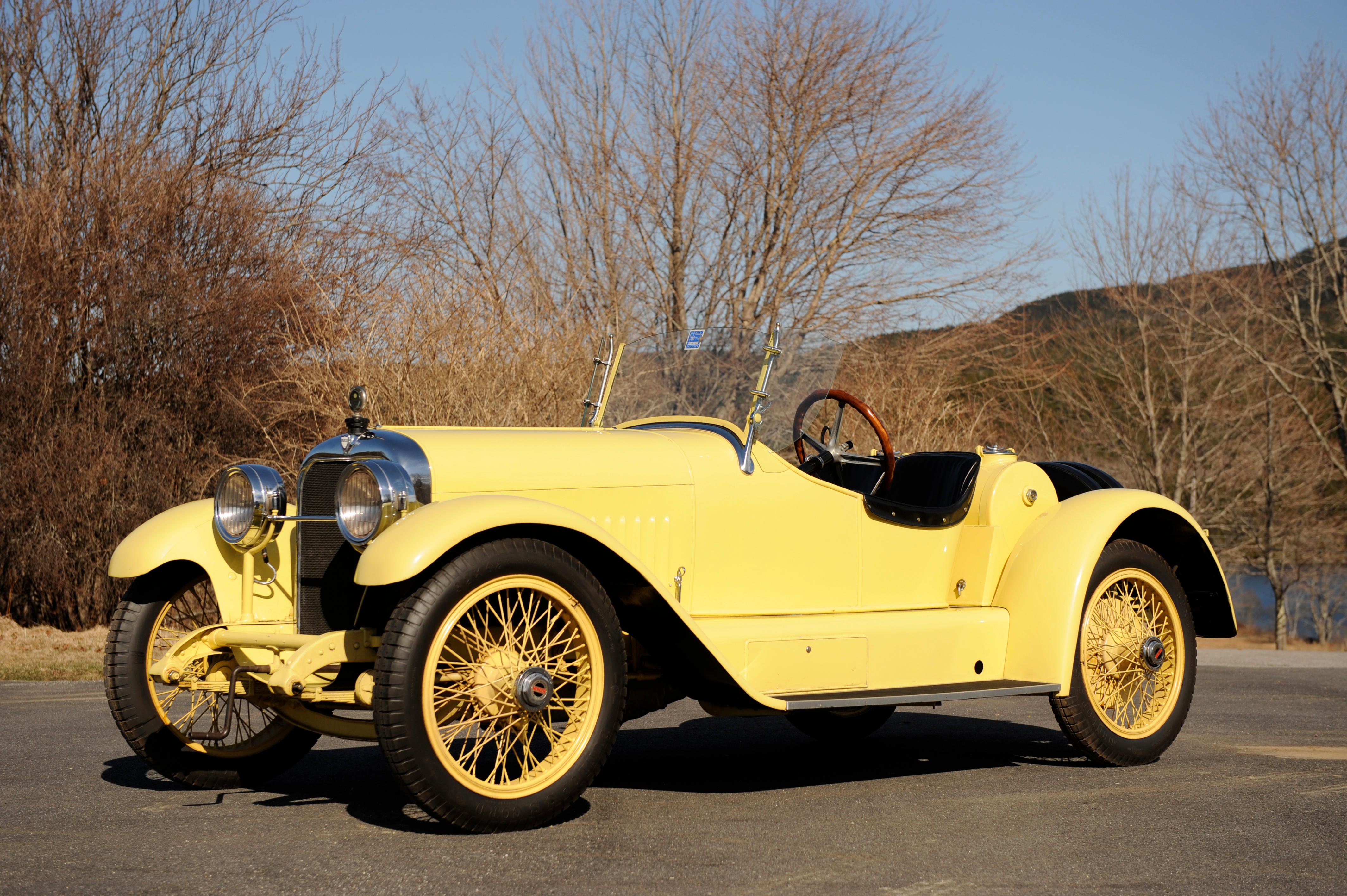
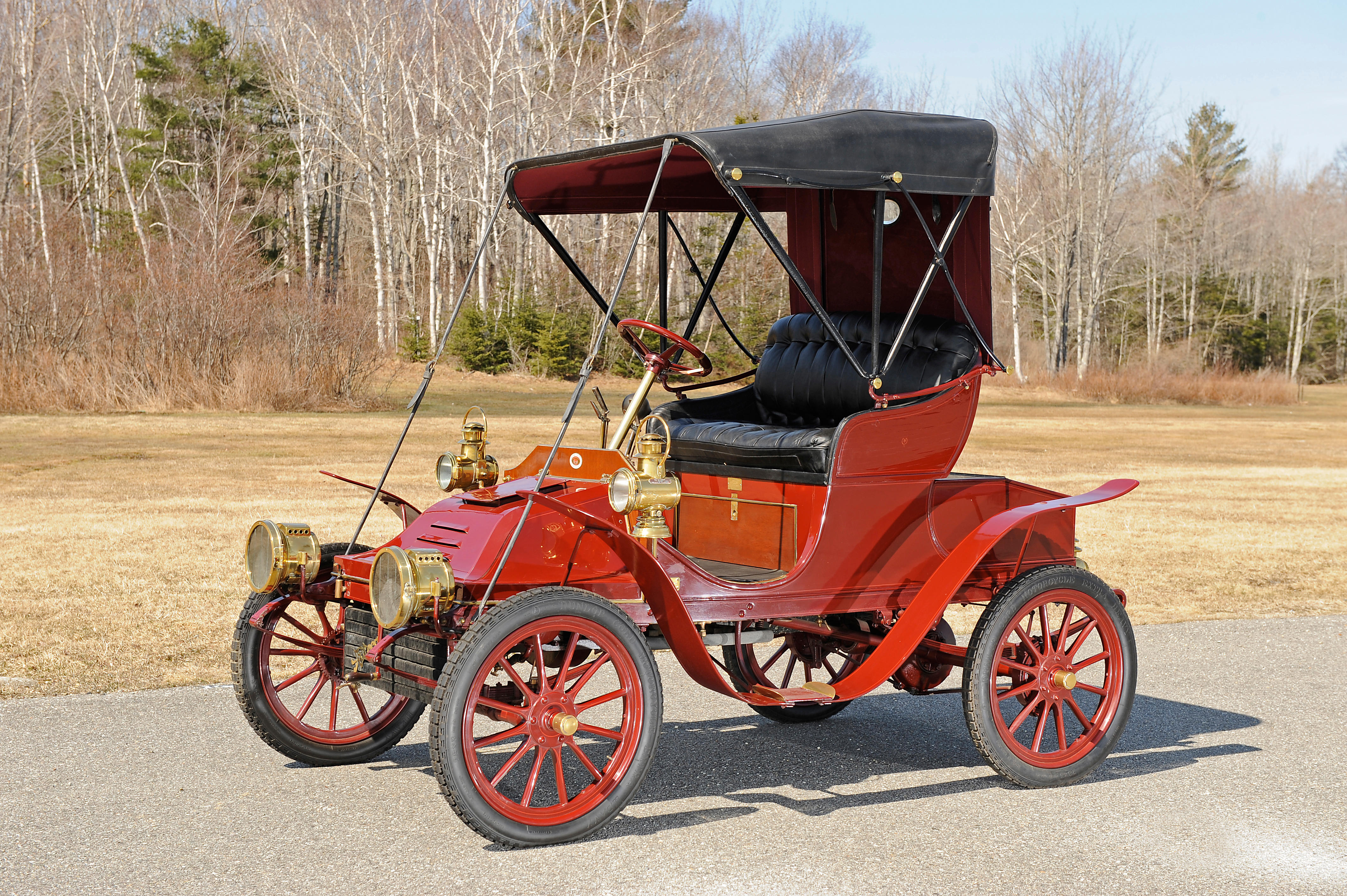

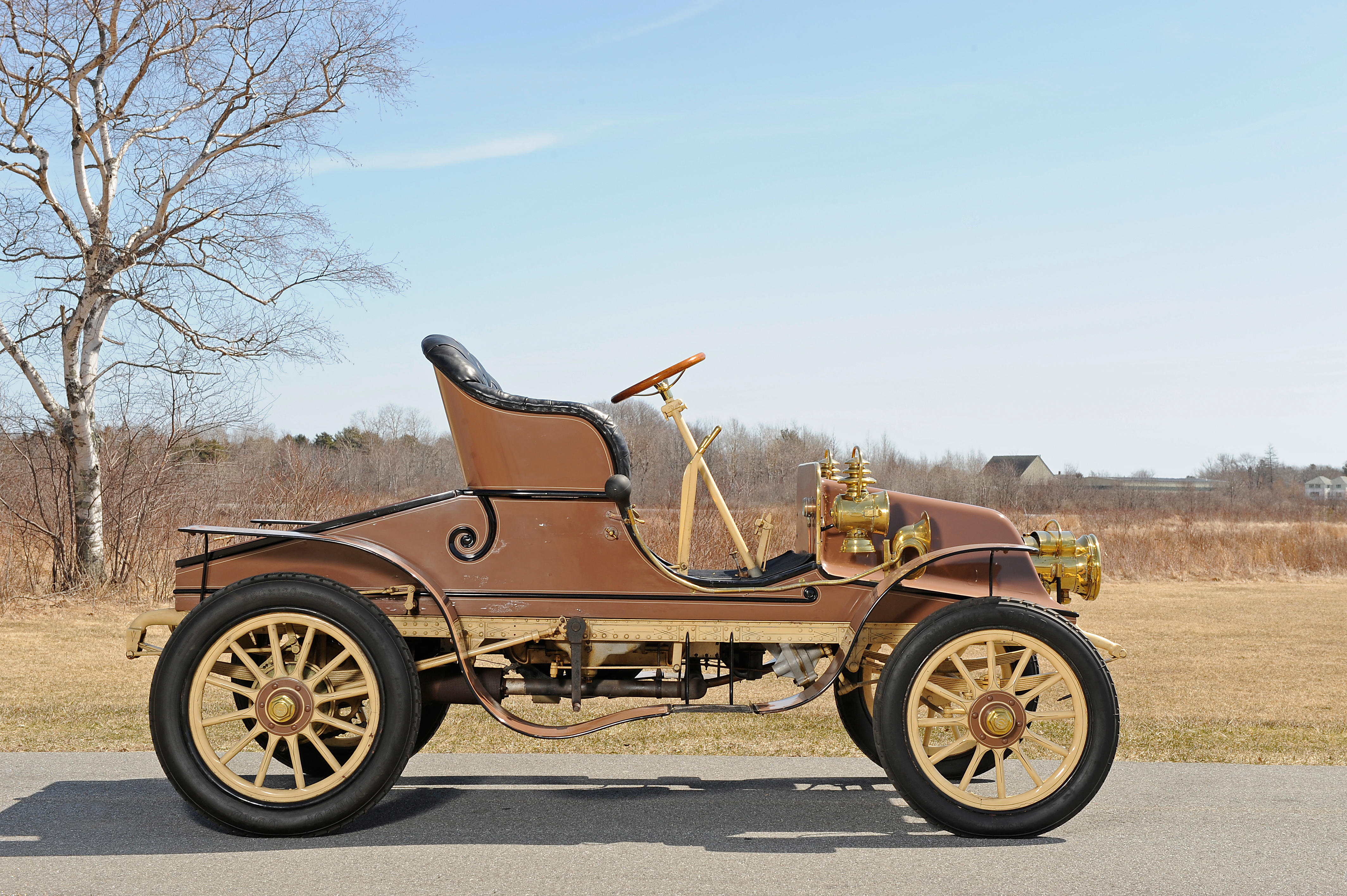
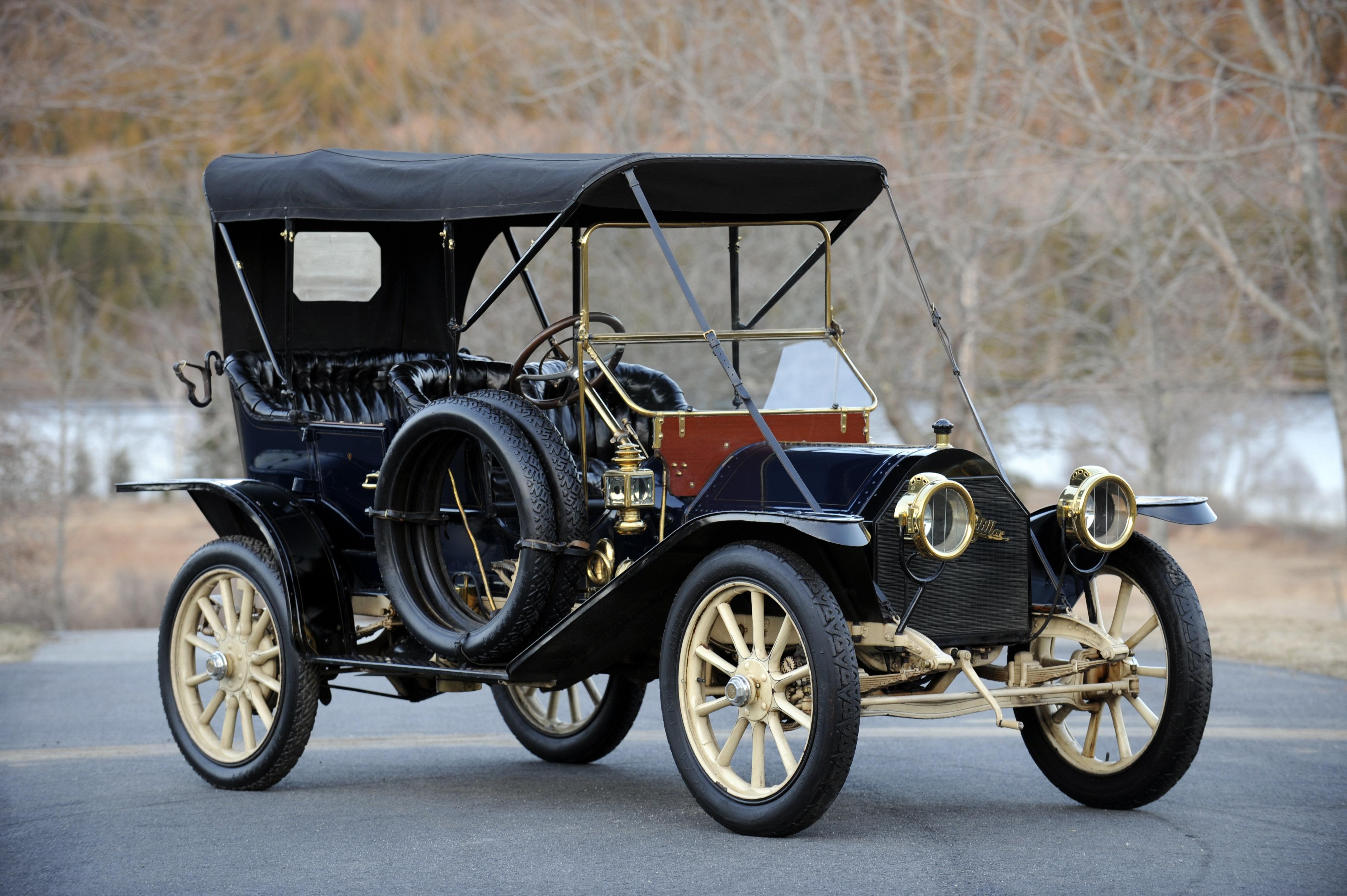


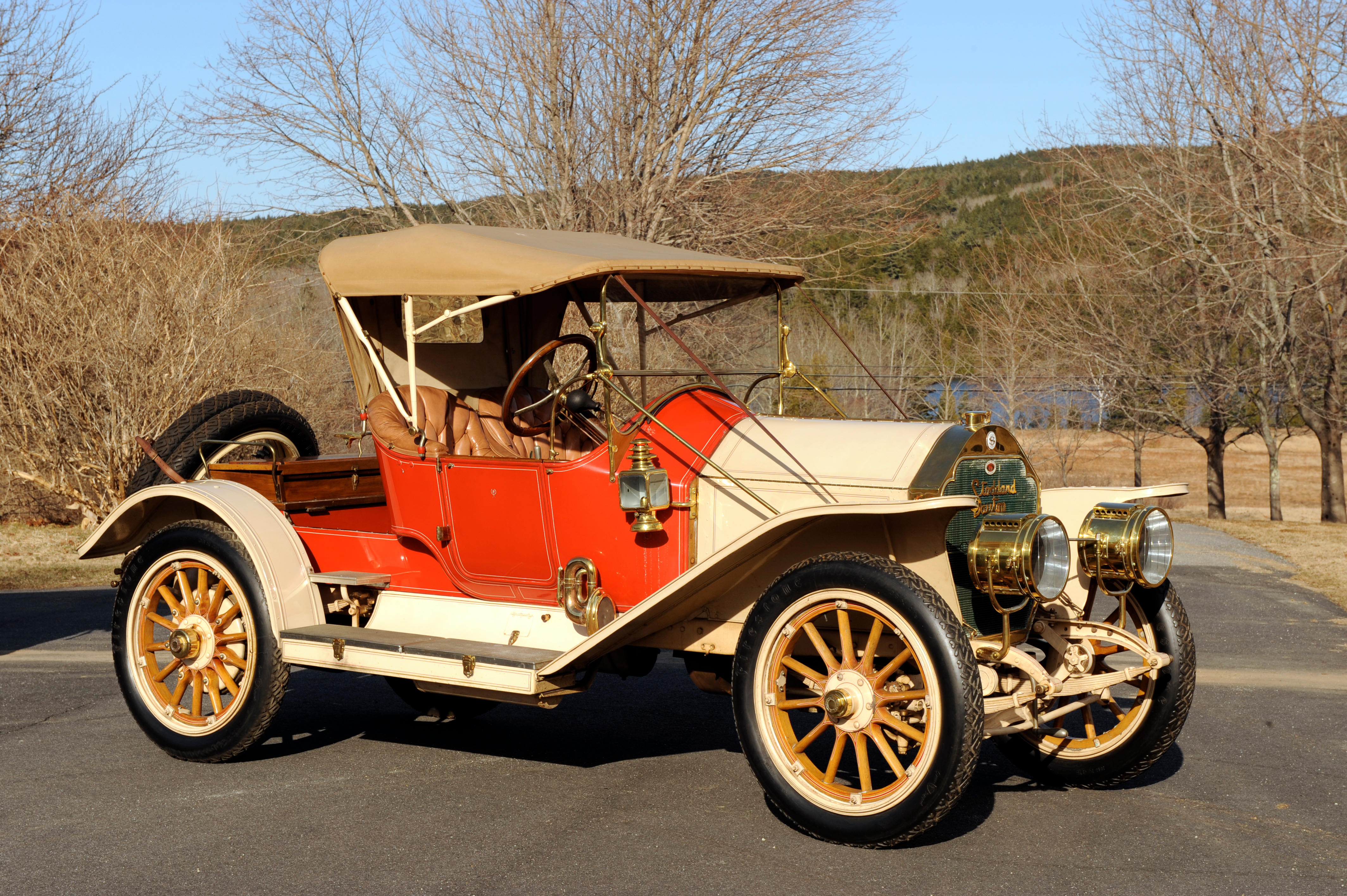
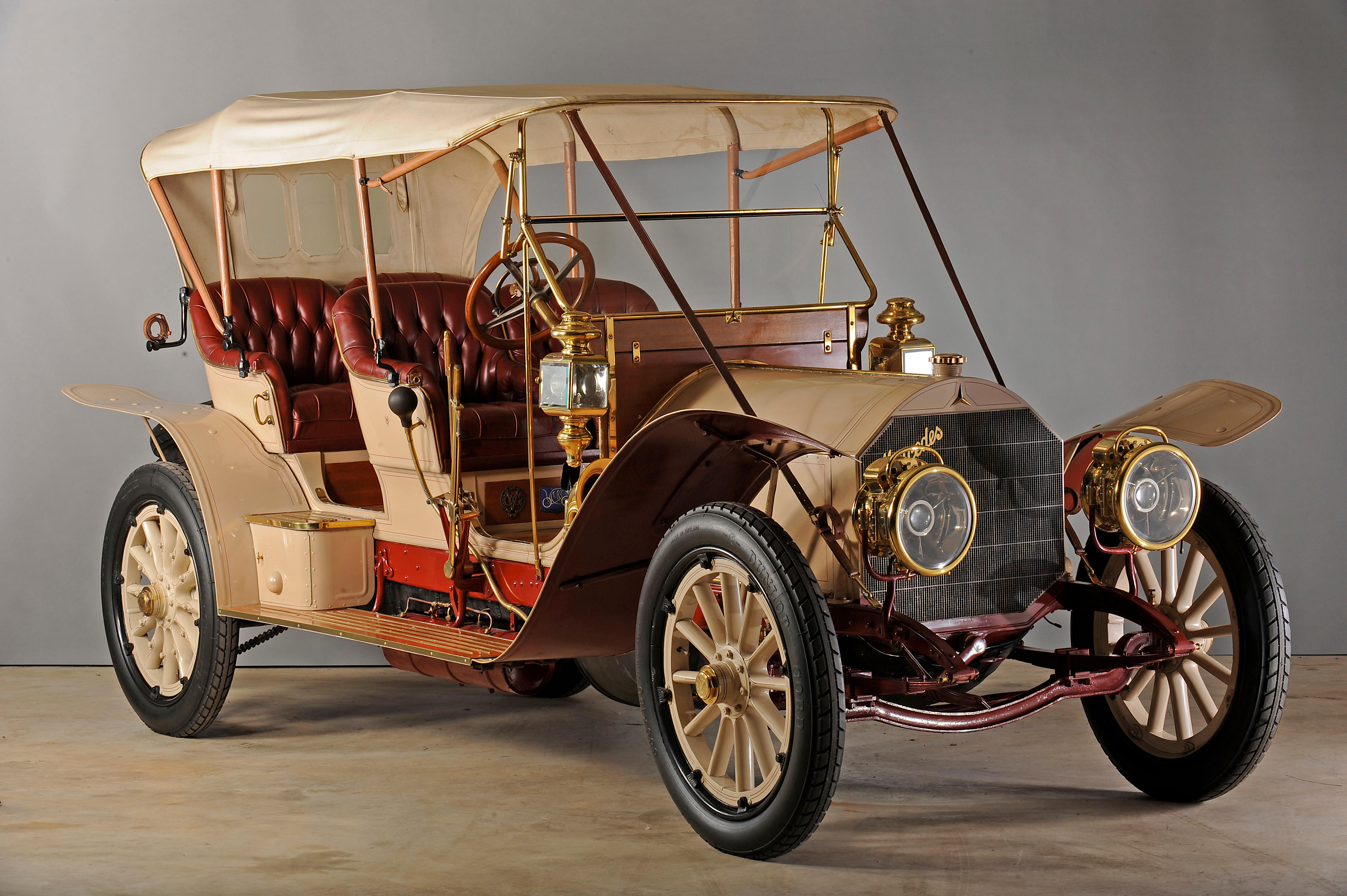
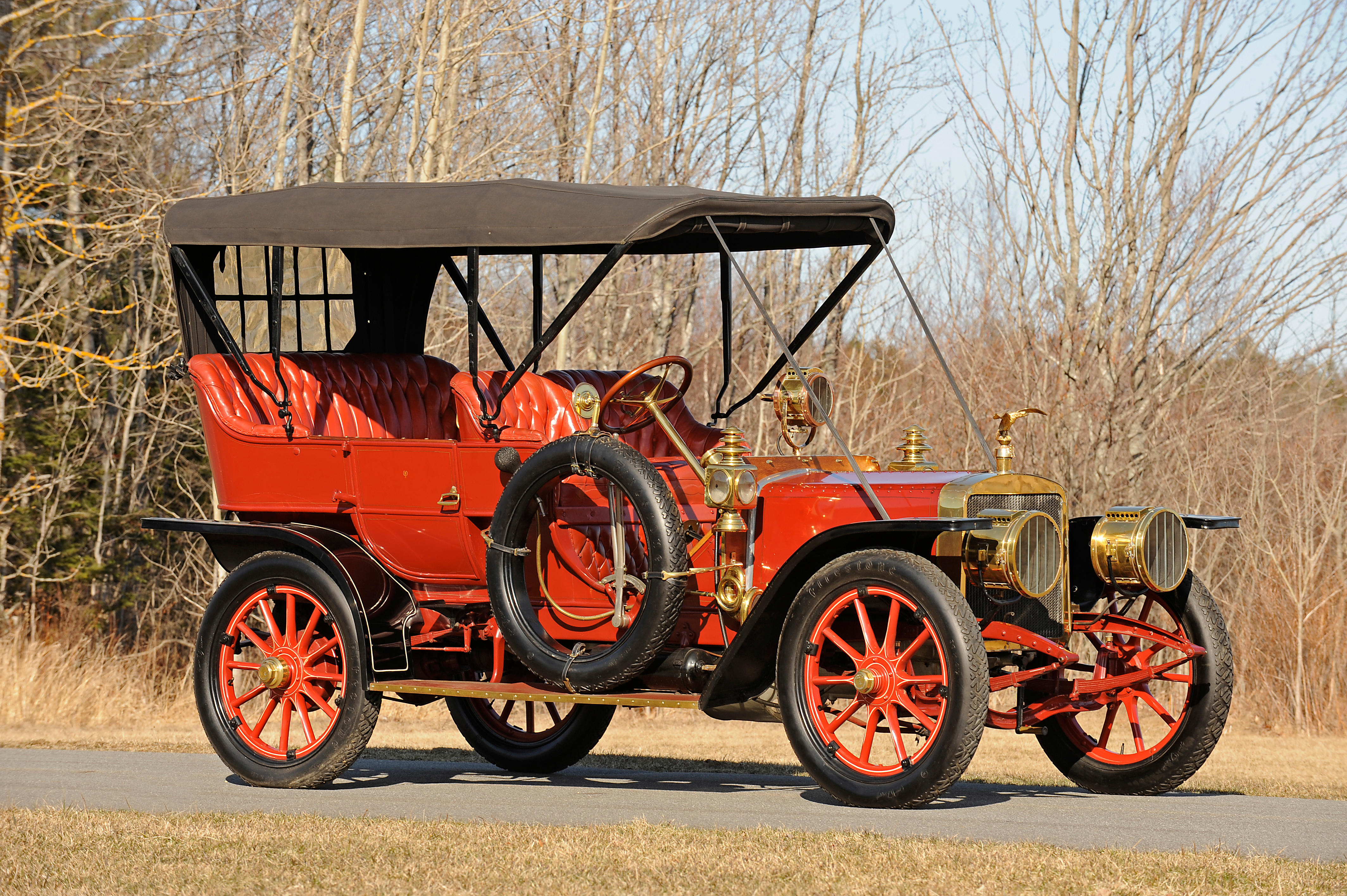


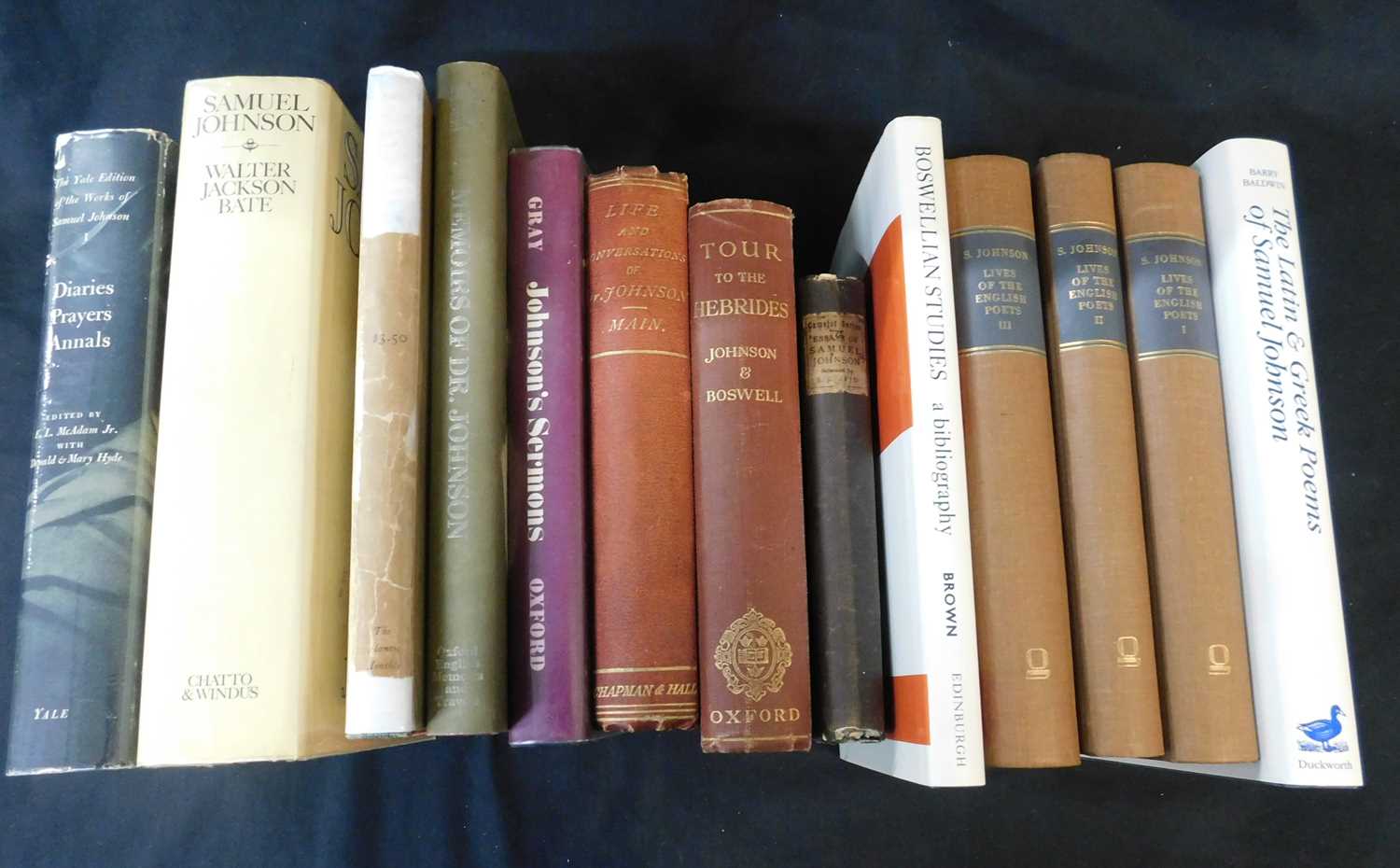
Try LotSearch and its premium features for 7 days - without any costs!
Be notified automatically about new items in upcoming auctions.
Create an alert